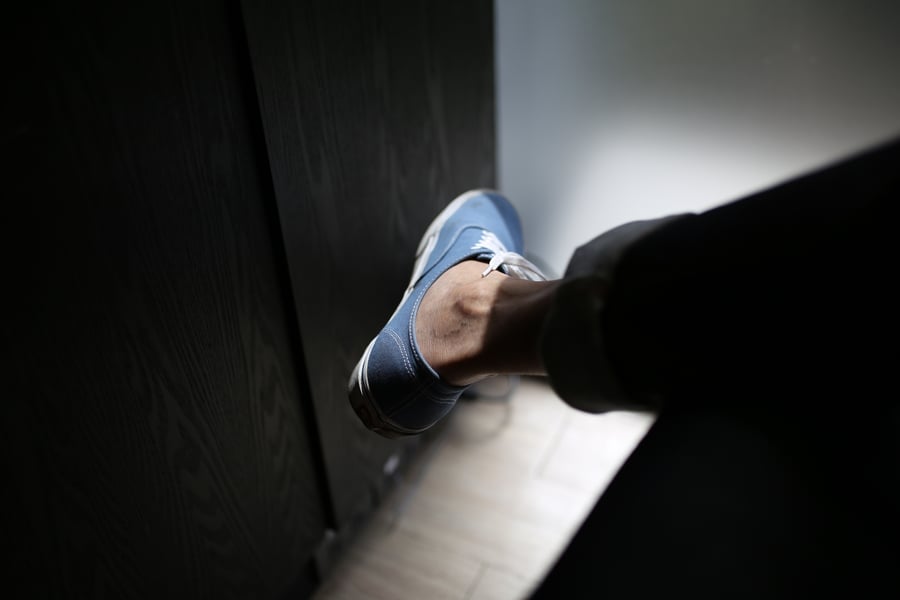
If you experience pain when walking or standing and notice a thickened and fleshy, callus-like growth on the bottom of your foot, you could have a plantar wart. This is a noncancerous skin growth caused by a viral infection in the top, superficial layer of the skin.
Plantar warts typically grow on the heel or ball of the foot where there’s a good amount of pressure and friction. Most are about the size of a pencil eraser. But some warts, called “seed warts,” have tiny black dots, which are actually small, clotted blood vessels that have grown up into the wart.
What causes plantar warts?
Plantar warts are caused by a strain of virus called human papillomavirus (HPV). There are at least 120 different types of HPV, and types 57, 27 and 1a account for most plantar warts, explains WebMD. Although these strains aren't highly contagious, they thrive in warm, moist environments. It’s possible to contract the virus by walking barefoot in areas contaminated by others infected with plantar warts, such as:
- Swimming pools
- Locker rooms
- Communal showers
- Saunas and steam rooms
Plantar warts are most common among children 12 to 16 years of age and in those with weakened immune systems. But even people with healthy immune systems can develop warts if the virus enters the body through tiny cuts or skin breaks on the bottom of the feet, reports Mayo Clinic.
Are there at-home treatments for plantar warts?
Warts generally go away on their own without treatment within several months. It may take as long as two years, however, and if you’re experiencing irritation or pain, there are a variety of home treatments you can try.
Over-the-counter wart treatments that include salicylic acid in liquid or patch form are about 50 percent effective at peeling the wart away. It can take several months for this to be effective. You can also try other nonprescription freezing preparations such as Compound W Freeze Off or Dr. Scholl's Freeze Away. If you aren’t getting good results after several weeks, it’s time to schedule a visit with your podiatrist to explore more aggressive methods of wart removal.
Other times to consult your doctor include:
- If you aren't sure whether the lesion is a wart
- If the lesion is bleeding, painful, or changes color or appearance
- If the wart multiplies or goes away and comes back
- When your pain interferes with activities
How will a podiatrist treat plantar warts?
There are many treatments available for warts, and no single method is so effective that it has eliminated the use of all others. Your doctor may use liquid nitrogen to freeze the wart off, or he may rely on a prescription-strength acid solution applied topically over several weeks to remove it. These commonly used methods are frequently successful.
One of the newer, still-unproven techniques involves using laser technology to destroy the wart. There can be some scarring and pain. Sometimes doctors apply or inject medications that strengthen the immune system so it can clear the body of the virus.
It’s important to know that even if a treatment is successful, the wart can reappear, according to WebMD. If a wart is not bothering you too badly, you might want to give it some time to see if it will just disappear on its own with the help of your immune system.







